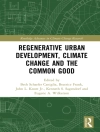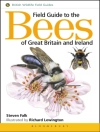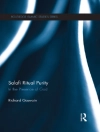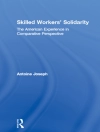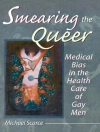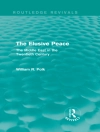It is commonly believed that some approaches of structural semiotics, narratology and cognitive science have not yet succeeded in constructing a complete and coherent theory of literary character. The author argues that the primary explanation of the failure is the artificial separation between characters and their actions. One of the chief implications of such separation is treating characters in terms of structures, agents, actants, functions, roles, and signs, which obviously mean that actions can hardly be explained as intended, motivated, performed and experienced. Survival, as a motivation-based concept, is one of the key concepts making the separation between character and action something impossible. Humans in literary narratives search for survival as an aware process of knowing and meaning making. Meaning in literary narratives can be produced by heroizability, which treats literary characters as living anthroposemiotic entities aware of their natural motivation to achieve in order to survive and produce meanings of their survival. As such, characters in literary narratives have active cognitions, and their cognitive activities remain meaningless without a process of semiosis. Applying Anthroposemiotic theory with Modeling System Theory, heroizability provides methodical tools to explain how the narrative text is represented and, thus, how it is to be interpreted properly by the reader not only to find, but also to make meaning in narrative world.
Ibrahim Taha
Heroizability [PDF ebook]
An Anthroposemiotic Theory of Literary Characters
Heroizability [PDF ebook]
An Anthroposemiotic Theory of Literary Characters
Köp den här e-boken och få 1 till GRATIS!
Formatera PDF ● Sidor 244 ● ISBN 9781501502651 ● Utgivare De Gruyter ● Publicerad 2015 ● Nedladdningsbara 3 gånger ● Valuta EUR ● ID 4441341 ● Kopieringsskydd Adobe DRM
Kräver en DRM-kapabel e-läsare


